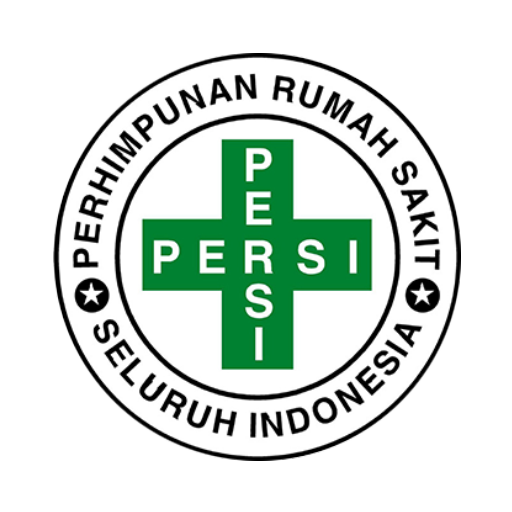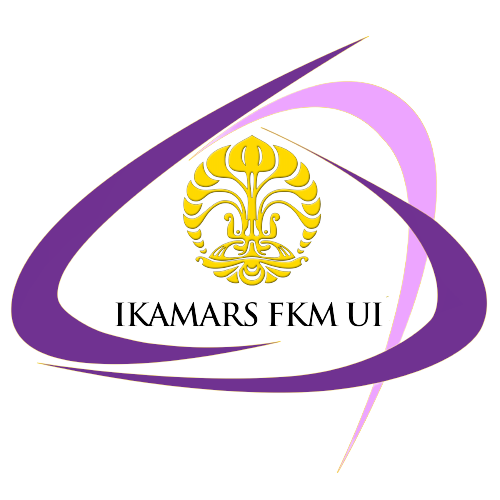Analisis Alur Proses Penerimaan Pasien Rawat Inap di Rumah Sakit “X” Tahun 2015 dengan Pendekatan Lean Hospital
Abstract
Keywords
Full Text:
PDFReferences
(1) Graban M. (2012). Lean Hospitals: Improving Quality, Patient Safety, and Employee Satisfaction. Taylor & Francis Group, New York.
(2) Graban M. (2014). Using Kaizen toward a Culture of Continuous Improvement Humanizes the Healthcare Workforce for Better Outcomes, Good Change, Industrial Engineer, p 30 – 35, www.iienet2.org/.../IIE/.../IEFeb14Graban.pdf, diunduh 22 Februari 2014.
(3) Gaspersz V dan Fontana A. (2011). Lean Six Sigma for Manufacturing and Service Industries. Vinchristo Publication. Baranangsiang Bogor.
(4) Gaspersz V. (2013). All-in-one Integrated Total Quality Talent Management. Baranangsiang Bogor, Tri-Al-Bros Publishing, Januari 2013.
(5) Indonesia. Departemen Kesehatan. (2004). Keputusan Menteri Kesehatan Nomor 1204 / Menkes / SK / X / 2004 tentang Persyaratan Kesehatan Lingkungan Rumah Sakit.
(6) Indonesia. Departemen Kesehatan. (2009). Undang – Undang Nomor 44 Tahun 2009 Tentang Rumah Sakit.
(7) Indonesia. Departemen Kesehatan. (2009). Undang – Undang Nomor 36 Tahun 2009 Tentang Kesehatan.
(8) Jones D dan Mitchell A. (2006). Lean Thinking for The NHS, The NHS Confederation, 2006, http://www.nhsconfed.org/Publications/Documents/Lean%20thinking%20for%20the%20NHS.pdf , diunduh 23 Febuari 2015.
(9) Martin, Karen and Mike Osterling. (2014). Value Stream Mapping : How to Visualize Work and Align Leadership for Organizational Trasformation. United States Copyright, USA
(10) Mantick, K. (2014). ‘Unlocking NAHAM’s New Key Performance Indicator’. National Association of Healthcare Access Management Jurnal, Vol.38, No 3, pp 8-11, Washington.
(11) Ohno I et al. (2009.) Introducing Kaizen in Africa, Edited by GRIPS Development Forum, National Graduate Institute for policy Studies, Tokyo, Japan, October 2009, http://www.grips.ac.jp/forum/pdf09/Introducing_KAIZEN_in_Africa.pdf, diunduh 21 Febuari 2015
(12) Sugiyono. (2013.) Metode Penelitian Kuantitatif dan Kualitatif dan R & D. CV Alfabeta, Bandung.
(13) Sulaksana, U. (2004). Managemen Perubahan, Cetakan I, Pustaka Pelajar Offset, Yogyakarta.
(14) Suryati, N. (2002). Faktor-faktor yang Berhubungan dengan Lamanya Waktu Proses Pendaftaran Pasien Rawat Inap di Rumah Sakit Pondok Indah (tahun 2002). [Tesis]. Program Pascasarjan Fakultas Kesehatan Masyarakat Universitas Indonesia, Depok
(15) Sollecito, WA and Johnson JK. (2013). McLaughlin and Kaluzny's Continuous Quality Improvement in Health Care 4th ed, Jones & Bartlett Learning, Burlington, MA, United State of America, 2013, http://samples.jbpub.com/9 780763781545/81545_FMxx_FINAL.pdf, diunduh 22 Februari 2015.
(16) The Health Board Executive, (2003). ‘Admissions and Discharge Guidelines’. Health Strategy Implementation Project. http://www.lenus.ie/hse/handle/10147/43554 diunduh pada 27 maret 2015.
(17) Wibowo, A. (2013). Metedologi Penelitian Praktis Bidang Kesehatan. PT RajaGrafindo Persada, Jakarta.
DOI: http://dx.doi.org/10.7454/arsi.v2i1.2185
Refbacks
- There are currently no refbacks.








